G. Herziger, J. Beránek, M. Hugenschmidt, U. Keller, G. Marowsky, K. Rohlena, W. Schulz, W. Seelig, P. Simon, U. Sowada, S. Szatmári3540260331, 9783540260332
Table of contents :
41On-NYVd9L……Page 1
Title Pages……Page 2
3.7 Iodine lasers……Page 0
Contributors……Page 4
Preface……Page 6
Contents……Page 8
1.1.1 Introduction……Page 15
1.1.2.1 Nonlinear amplification……Page 16
1.1.2.2 Selection of optical modes or directional selectivity……Page 18
1.1.2.3 Feedback resonator and regenerative amplification……Page 19
1.1.3.1.1 CO2 laser systems……Page 21
1.1.3.1.4 Helium-neon laser systems……Page 22
1.1.3.2 Solid-state laser systems……Page 23
1.1.3.2.1 Diode-pumped solid-state laser systems……Page 24
1.1.4 Advanced design and short-pulse solid-state laser systems……Page 25
1.1.4.1.1.2 Rod side-pumped design……Page 26
1.1.4.2 Advances in laser performance……Page 27
1.1.4.3 Resonator design……Page 28
1.1.4.4 Slitting with pulsed solid-state laser……Page 29
1.1.4.5 Processing with higher harmonics……Page 30
1.1.5 High-power diode laser (HPDL) systems……Page 32
1.1.5.1 Packaging technology……Page 33
1.1.5.2 Multiplexing the emission of single bars……Page 34
1.1.5.3 Coherent coupling……Page 35
1.1.5.5 Cutting and welding……Page 36
References for 1.1……Page 39
2.1.1 Introduction……Page 42
2 Short and ultrashort pulse generation……Page 72
2.1.2.1 Q-switching……Page 44
2.1.2.2 Mode-locking……Page 45
2.1.3.1 Overview for different solid-state laser materials……Page 48
2.1.3.1.1 Solid-state laser materials……Page 49
2.1.3.1.2 Mode-locked rare-earth-doped solid-state lasers……Page 75
2.1.3.1.3 Mode-locked transition-metal-doped solid-state laser……Page 76
2.1.3.1.4 Q-switched ion-doped solid-state microchip lasers……Page 77
2.1.3.1.5 Ultrafast semiconductor lasers……Page 78
2.1.3.2 Design guidelines of diode-pumped solid-state lasers……Page 82
2.1.3.3.1 Typical picosecond lasers……Page 85
2.1.3.3.2 Typical femtosecond lasers……Page 86
2.1.3.3.3 High-power thin-disk laser……Page 87
2.1.4.2 Saturable absorber: self-amplitude modulation (SAM)……Page 88
2.1.4.2.2 Fast saturable absorber……Page 91
2.1.4.3.1 Semiconductor dynamics……Page 92
2.1.4.3.2 Typical self-amplitude modulation (SAM) from semiconductor saturable absorbers……Page 94
2.1.4.3.3.2 GaInAsP/InP semiconductor material system……Page 95
2.1.4.3.3.6 Semiconductor-doped dielectric films……Page 96
2.1.4.3.4 Historical perspective and SESAM structure……Page 97
2.1.4.4.2 Nonlinear coupled cavity……Page 99
2.1.4.4.3 Kerr lens……Page 100
2.1.5.1 Dispersive pulse broadening……Page 101
2.1.5.2 Dispersion compensation……Page 103
2.1.5.2.2 Grating pairs……Page 105
2.1.5.2.3 Prism pairs……Page 108
2.1.5.2.4 Chirped mirrors……Page 109
2.1.6.2 Haus’s master equations……Page 111
2.1.6.2.1 Gain……Page 114
2.1.6.2.4 Group velocity dispersion (GVD)……Page 115
2.1.6.2.5 Self-phase modulation (SPM)……Page 116
2.1.6.3 Active mode-locking……Page 117
2.1.6.4 Passive mode-locking with a slow saturable absorber and dynamic gain saturation……Page 119
2.1.6.5 Passive mode-locking with a fast saturable absorber……Page 121
2.1.6.6 Passive mode-locking with a slow saturable absorber without gain saturation and soliton formation……Page 123
2.1.6.7 Soliton mode-locking……Page 124
2.1.6.8 Design guidelines to prevent Q-switching instabilities……Page 128
2.1.6.9 External pulse compression……Page 129
2.1.7.2 Optical autocorrelation……Page 130
2.1.7.3.1 FROG, SHG-FROG, FROG-CRAB……Page 132
2.1.7.3.2 SPIDER……Page 133
2.1.7.3.3 Comparison between FROG and SPIDER techniques……Page 134
2.1.8 Carrier envelope offset (CEO)……Page 135
2.1.9 Conclusion and outlook……Page 138
2.1.10 Glossary……Page 140
References for 2.1……Page 143
3.1.1 Introduction……Page 177
3.1.2 Threshold pump power density……Page 178
3.1.2.1.1 Natural line broadening……Page 180
3.1.2.1.3 Pressure broadening……Page 181
3.1.3.1 Gas discharge excitation……Page 182
3.1.3.2 Electron-beam excitation……Page 183
3.1.3.3 Gas-dynamic excitation……Page 184
3.1.3.4 Chemical excitation……Page 185
3.1.4.1 Elementary processes in gas discharges……Page 186
3.1.4.2 Electron distribution function……Page 188
3.1.4.2.2 Characteristic frequencies……Page 189
3.1.4.2.4 Approximate solutions of the Boltzmann equation……Page 190
3.1.4.2.5 Charged-particle densities……Page 191
3.1.4.2.6 Ambipolar diffusion……Page 192
3.1.4.3 Electromagnetic field……Page 193
3.1.4.4 Neutral gas……Page 194
3.1.4.5.1 Thermal instabilities……Page 195
3.1.4.6 Discharge types……Page 196
3.1.4.6.1.1 Secondary processes……Page 197
3.1.4.6.3 High-frequency glow discharges……Page 198
3.1.4.6.3.1 Boundary layers in high-frequency discharges……Page 199
3.1.4.6.4 Microwave discharges……Page 200
3.1.4.6.5 Arc discharges……Page 201
References for 3.1……Page 203
3.2.1.1 Fundamentals of CO2 laser discharge……Page 210
3.2.1.2 Practical design of cw CO2 lasers……Page 211
3.2.1.2.3 Lasers with fast axial flow……Page 212
3.2.1.3.1 Transversely excited atmospheric-pressure lasers……Page 213
3.2.2.1 Fundamentals of CO laser process……Page 214
3.2.2.2 Practical design of cw CO lasers……Page 215
3.2.2.2.3 Pulsed CO lasers……Page 216
References for 3.2……Page 217
3.3.1.1 Advantages and difficulties associated with short-wavelength lasers……Page 219
3.3.1.2 General features of dual-wavelength laser systems……Page 220
3.3.1.3 Comparison of high-power solid-state and excimer lasers……Page 221
3.3.1.4.2 Hybrid solid-state/excimer lasers……Page 223
3.3.2 Short-pulse amplification properties of excimers……Page 224
3.3.3.1 Nonlinear effects, attainment of minimum pulse duration (spatially evolving chirped-pulse amplification)……Page 227
3.3.3.2.1 ASE content, nonsaturable absorption, limitations on the cross-section……Page 229
3.3.3.2.2 Off-axis amplification……Page 230
3.3.3.2.3 Multiple-pass off-axis amplification schemes……Page 233
3.3.3.3 Limited energy storage time (interferometric multiplexing)……Page 234
3.3.3.3.2 Optical multiplexing……Page 235
3.3.3.3.3 Interferometric multiplexing……Page 236
3.3.3.4.1 Pulse front distortion, spatially dependent temporal broadening……Page 237
3.3.3.4.3 Active spatial filtering……Page 238
3.3.3.4.4 Spectral filtering……Page 239
3.3.3.4.6 Beam homogenization method for short-pulse excimers……Page 242
3.3.3.4.7 Focusability measurements……Page 243
3.3.4.1 Application of short laser pulses for plasma generation……Page 246
3.3.4.2 Micromachining of materials with subpicosecond UV pulses……Page 248
References for 3.3……Page 252
3.4.1 Introduction……Page 258
3.4.2 Properties of gas discharge laser media……Page 259
3.4.3.1 Excitation mechanism……Page 262
3.4.3.2.1 Neutral gas depletion……Page 264
3.4.3.2.3 Transition regions……Page 265
3.4.3.2.5 Summary of operation parameters……Page 266
3.4.4.1 Excitation mechanism……Page 268
3.4.4.2 Operating characteristic of the continuous He-Cd laser……Page 269
3.4.5.1 Excitation mechanism……Page 271
3.4.5.2 Operating characteristics……Page 272
References for 3.4……Page 275
3.4.1 Introduction……Page 278
3.4.2 Properties of gas discharge laser media……Page 279
3.4.3.1 Excitation mechanism……Page 282
3.4.3.2.1 Neutral gas depletion……Page 284
3.4.3.2.3 Transition regions……Page 285
3.4.3.2.5 Summary of operation parameters……Page 286
3.4.4.1 Excitation mechanism……Page 288
3.4.4.2 Operating characteristic of the continuous He-Cd laser……Page 289
3.4.5.1 Excitation mechanism……Page 291
3.4.5.2 Operating characteristics……Page 292
References for 3.4……Page 295
3.5.2.1.1 Rare-gas monohalides……Page 298
3.5.2.1.2 Polyatomic rare-gas halogen excimers……Page 300
3.5.3 Chemical reactions in the discharge……Page 301
3.5.4.2 Output power……Page 307
References for 3.5……Page 308
3.6.1 Introduction, historical background……Page 311
3.6.2.1.1 Population inversion due to gasdynamic processes……Page 312
3.6.2.1.2 GDL fuels and energy requirements……Page 314
3.6.2.1.3 Numerical modeling and simulations……Page 315
3.6.2.1.4 Population densities and small-signal gain achieved in gasdynamic lasers……Page 317
3.6.2.1.5 Power extraction……Page 318
3.6.2.1.6 Simplified calculation of small-signal gain, analytical approximations……Page 319
3.6.2.1.8 Optical cavity design……Page 321
3.6.2.2 Downstream mixing GDLs……Page 322
3.6.3.1 Electrically excited fast-flow or gasdynamic CO lasers……Page 323
3.6.3.2 Electrical discharge excited gasdynamic CO2 lasers……Page 326
3.6.3.3 Miscellaneous……Page 327
3.6.4.1 Fundamental processes, vibrational, rotational and translational temperatures……Page 328
3.6.4.2 Specific reactions and operation principles of chemical lasers……Page 329
3.6.4.3.1.1 Pulsed systems, photolytically initiated iodine lasers (PIL)……Page 330
3.6.4.3.1.2 Continuous-wave iodine lasers (COIL)……Page 331
3.6.4.3.2.1 Pulsed HCl lasers and HBr laser studies……Page 332
3.6.4.3.3 CO lasers……Page 333
3.6.4.3.3.1 Pulsed CO lasers……Page 334
3.6.4.3.3.2 Continuous-wave CO lasers……Page 335
3.6.4.3.4.1 Pulsed HF, DF lasers……Page 336
3.6.4.3.4.1.1 Flash-photolytically initiated reactions……Page 337
3.6.4.3.4.1.2 Discharge-initiated pulsed HF, DF lasers……Page 339
3.6.4.3.4.1.3 Repetitively pulsed HF, DF lasers……Page 341
3.6.4.3.4.2.1 Diffusion type of chemical cw HF, DF lasers……Page 342
3.6.4.3.4.2.2 Chain-reaction lasers……Page 345
3.6.4.3.4.2.3 Combustion-driven chemical lasers……Page 346
3.6.4.3.5 Transfer chemical lasers……Page 347
3.6.4.3.5.1.2 Energy transfer from vibrationally excited hydrogen halides……Page 348
3.6.4.3.5.2 Continuous-wave DF-CO2 transfer chemical lasers……Page 349
3.6.4.3.5.2.1 Subsonic continuous-wave DF-CO2 transfer chemical laser……Page 350
3.6.4.3.5.2.2 Supersonic cw DF-CO2 transfer chemical laser……Page 352
3.6.4.3.6.1 Pulsed NO laser……Page 353
3.6.5 Concluding remarks……Page 354
References for 3.6……Page 355
3.7.1 Principles of operation……Page 362
3.7.2 Laser transition cross-section……Page 363
3.7.3.1 Pumping kinetics of the iodine photodissociation laser……Page 365
3.7.4 Chemical oxygen iodine laser (COIL)……Page 367
3.7.4.1 Generators of the excited oxygen (SOG)……Page 368
3.7.4.2 Pumping kinetics of the chemical oxygen-iodine laser……Page 369
3.7.4.3 All-gas chemical oxygen-iodine lasers……Page 370
3.7.5 Outlook……Page 371
References for 3.7……Page 372
Subject Index of LB VIII/1B1……Page 378
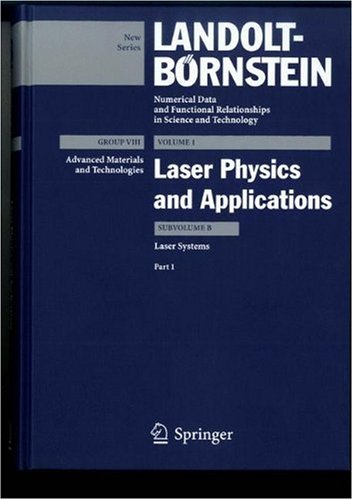
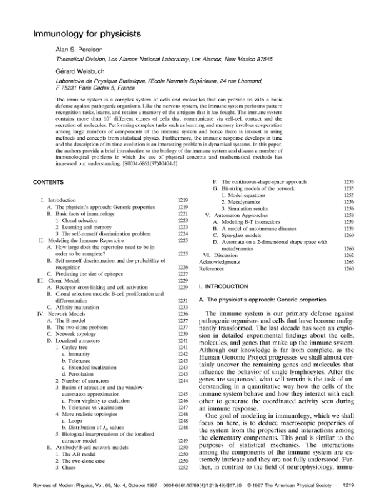
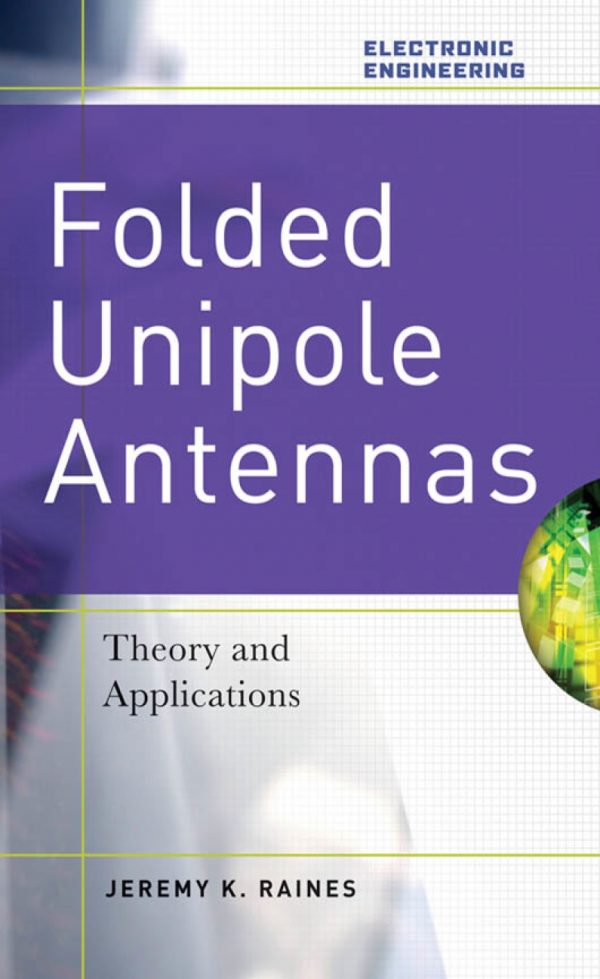

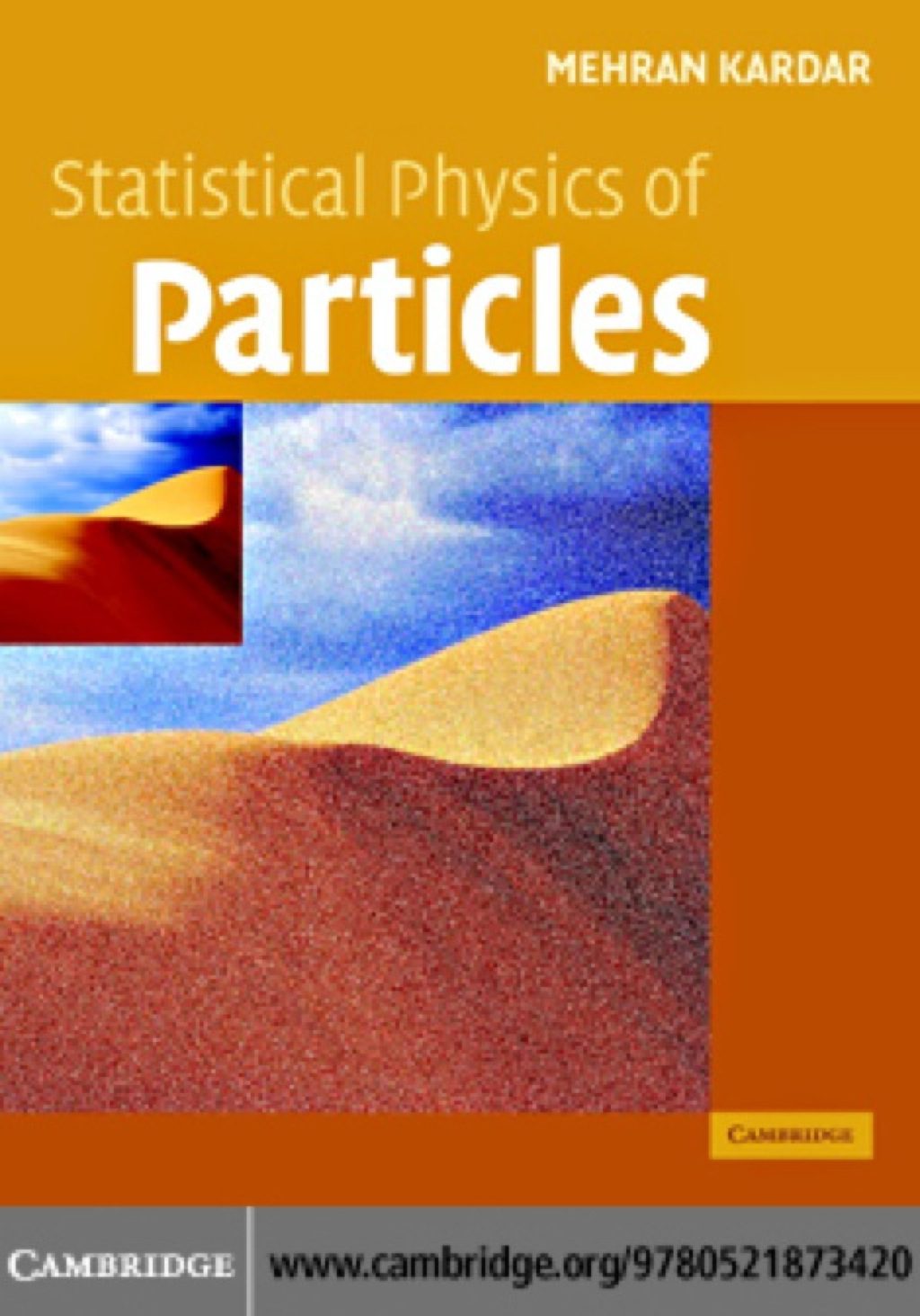
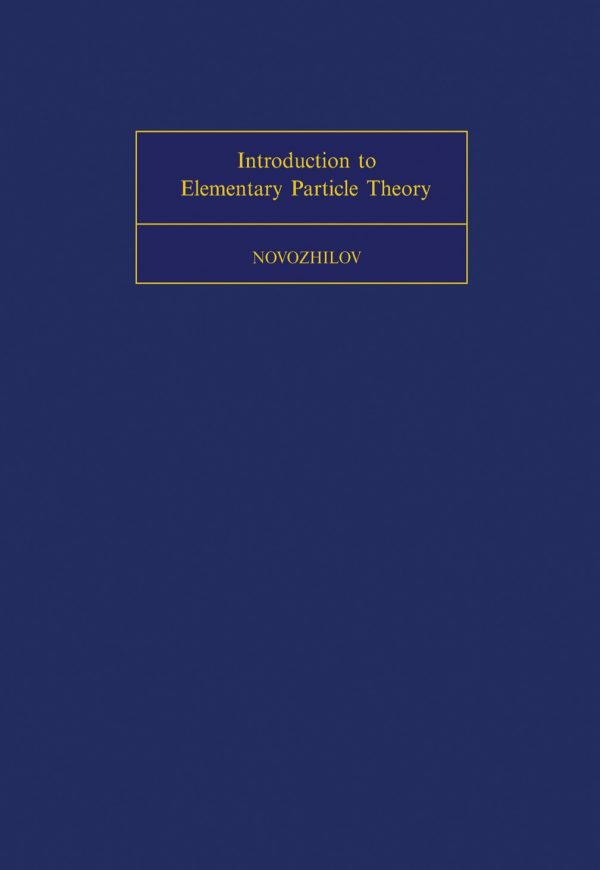
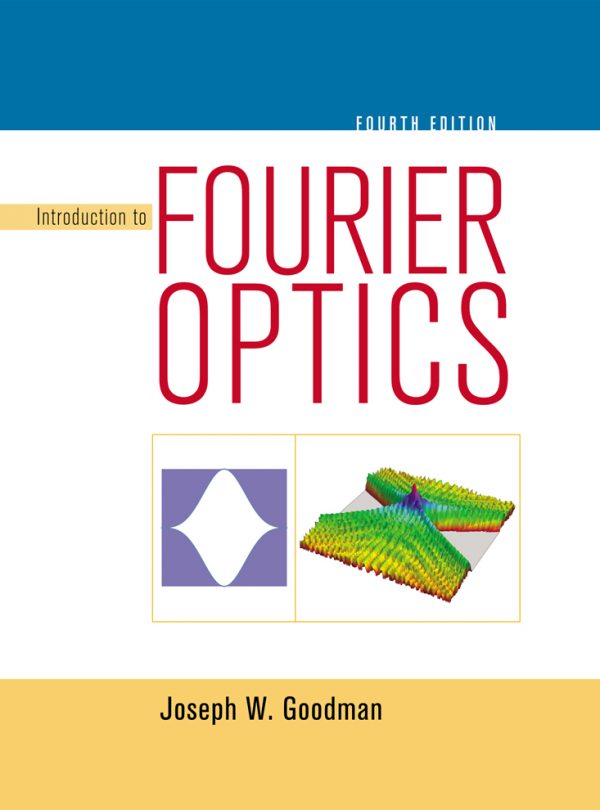
Reviews
There are no reviews yet.